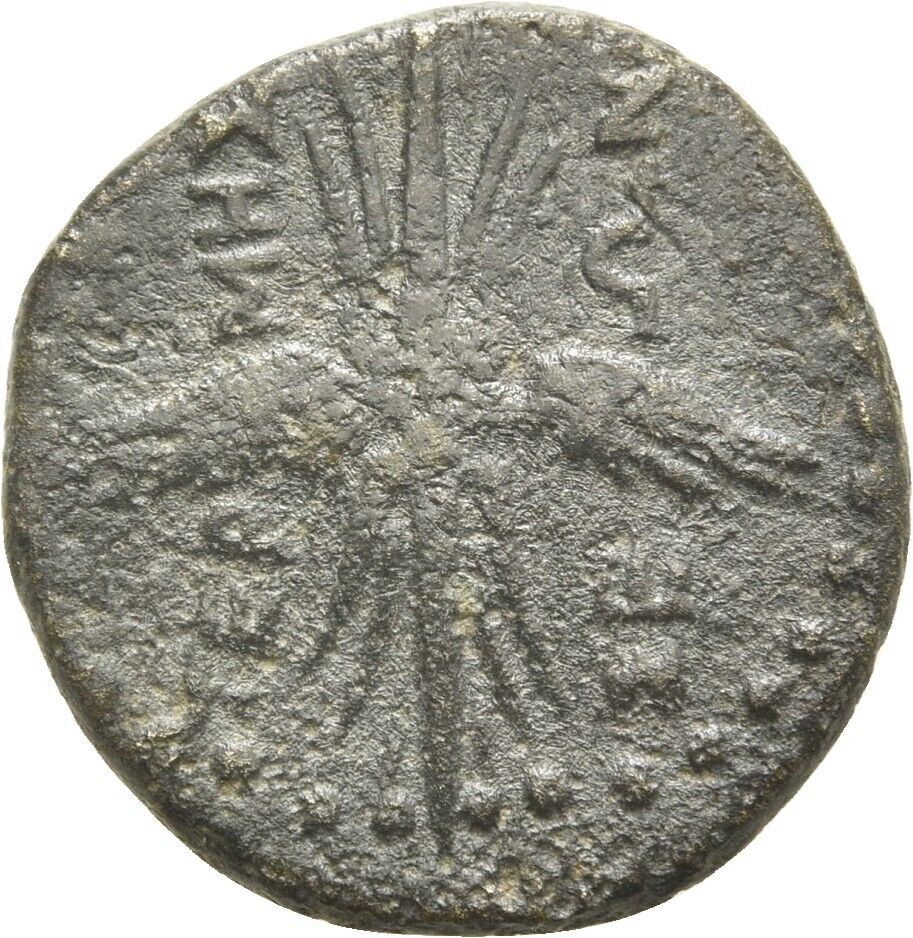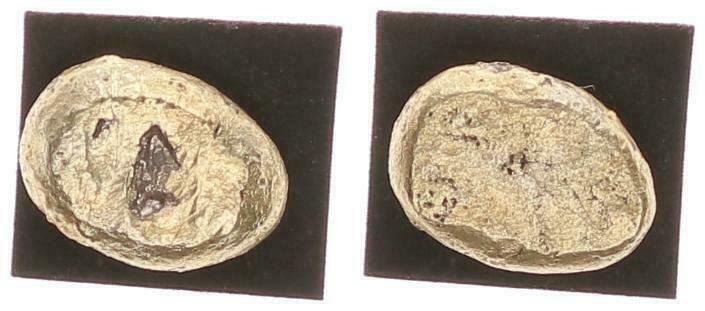-40%
LANZ MACEDON ANTIGONOS GONATAS TETRADRACHM LEAD SPIRA BECKER ^HL1722
€ 14.52
- Description
- Size Guide
Description
MACEDONAntigonos II Gonatas
277/6-239 BC.
Lead Tetradrachm
31mm, 22,9g
Forgery by Becker in XIX Century
Horned head of Pan left, lagobolon over shoulder, in the center of a Macedonian shield / Athena Alkidemos advancing left, holding shield decorated with aegis, preparing to cast thunderbolt; crested Macedonian helmet to inner left, monogram to inner right.
Cf.HGC 3, 1042;
EF
Karl Wilhelm Becker (Spira, June 28, 1772 - Bad Homburg vor der Höhe, April 11, 1830) was a German numismatist, librarian and merchant, but also an imitator, forger and counterfeiter of ancient coins. Karl Wilhelm Becker was the son of a wine merchant in Speyer. In Bordeaux, he completed an apprenticeship and then took up his father's business.
Karl Wilhelm Becker was the son of a wine merchant in Speyer. In Bordeaux, he completed an apprenticeship and then took up his father's business. Around 1795 he opened his own wine shop in Frankfurt am Main and in the same year he married Maria Catharina Becker Tremelius (1778-1828), from whom he divorced on January 30, 1822. After a short stay in Munich, as an art dealer and antiques dealer, between 1798 and 1803 he worked as a cloth merchant in Mannheim and from 1806 he began working as a goldsmith and already revealed an extraordinary ability to copy coins to perfection Greek, as well as managing their own art and trade in ancient objects. Traveling in Switzerland and northern Italy, he met important numismatists and in 1814 he obtained the trust of Prince Carl von Isenburg, who appointed him alderman and gave him a job as a librarian. Johann Wolfgang von Goethe, in 1815, in his writing Art and Antiquities, defined him as "an excellent numismatist who was able to elaborate an important series of coins of all times to illustrate the history of his studies"; the two characters they met in 1816 and Goethe bought some bronze coins. The culmination of Becker's activity was in the decade between 1815 and 1825. In this period he did not hesitate to sell the counterfeits he had made to his patron, the Prince of Isenburg, and above all to the wealthy Jews of Frankfurt am Main. In this decade he engraved more than six hundred coins, of which 133 of Greek coins, 136 Roman, 25 Visigothic, 1 Merovingian, etc. In 1825 the Italian numismatist Domenico Sestini, in a writing entitled Oltramontano, Becker di Hanau, warned collectors against this skilful forger. He defended himself by declaring that he had made those forgeries only for his own pleasure. In 1826 he moved to Bad Homburg, where he died impoverished in 1830.










